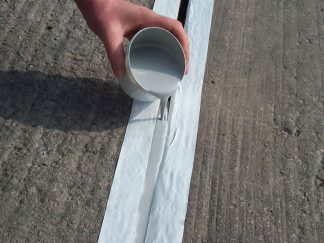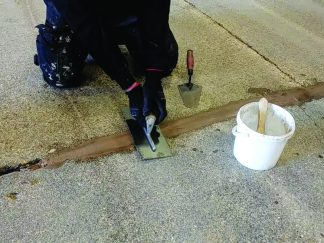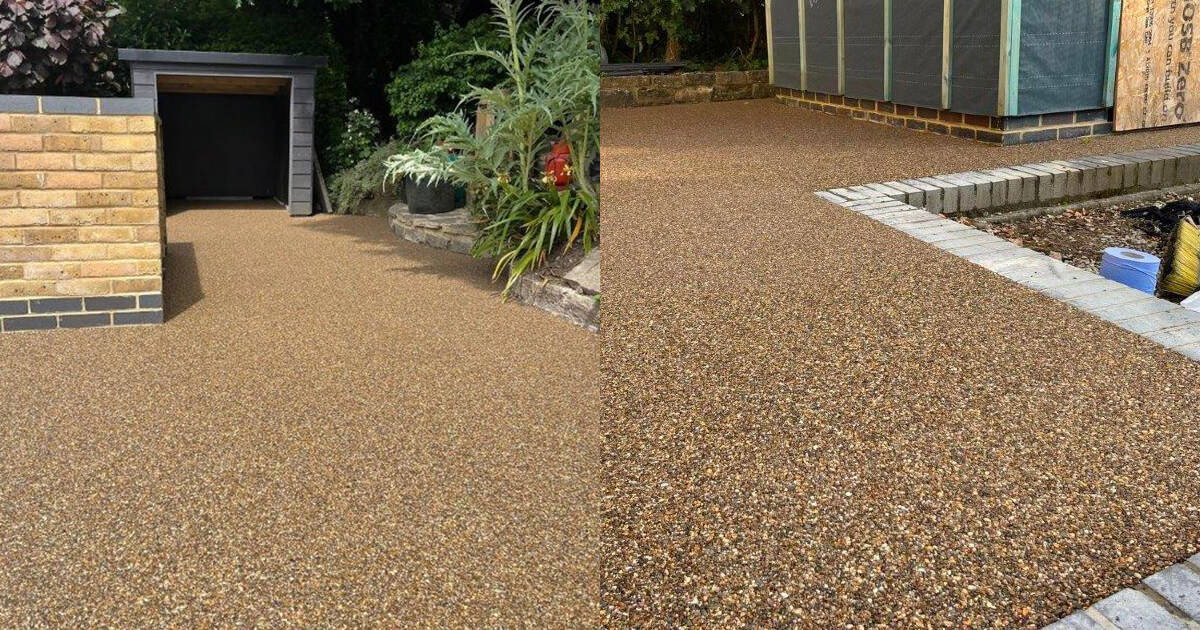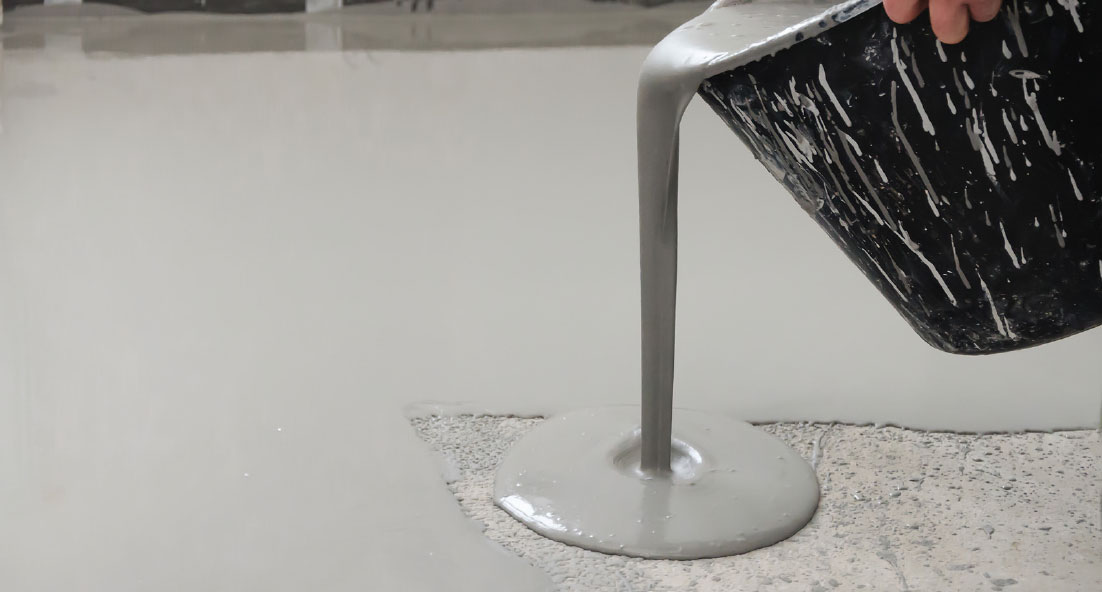Cretex PU is a heavy duty resilient concrete repair product for use in areas requiring impact or chemical resistance.
Use on: Concrete. For other substances contact Polycote Experts.
Use where: Internal/External
Typical industries: Engineering plants, chemical plants, food factories, breweries
Type of job: Levelling and ramping floors, bonding edging upstands, grouting, bedding ceramic and quarry tiles, waterproof and chemical resistant mortar
Approximate coverage: 10 kg unit – 1m2 @ 5mm average thickness
Cure time: Pedestrian traffic – 6 hours @ 20oC
Light wheeled traffic – 24 hours
Heavy duty traffic – 48 hours
Special features: Heavy duty, chemical resistant, impact resistant, abrasion resistant, can be feather edged
Pot life:10 mins @ 20oC
Application temperature:5oC – 20oC
Depth of repair (1 layer):5mm – 10mm
Number of parts supplied:3
Priming required:Only for very porous surfaces – use Polycote PU Primer
Please consult the technical data sheet for full technical product data.
Preparation:
Cretex PU will bond to most concrete surfaces (including slightly damp, but not wet), without the need of priming. However, dry, porous surfaces should be primed with Polycote PU Primer. See Technical Data Sheet.
Mixing:
Having prepared the substrate, add hardener Part ‘B’ to resin Part ‘A’ and mix thoroughly for at least one minute. For best results use a heavy duty slow speed drill with a mixing paddle.
Ensure thorough mixing as an unmixed product will result in a poor or non-cure situation.
Pour the mixed liquid into a large plastic bucket and gradually add the filler Part ‘C’, continuing to mix until an even consistency is achieved at the desired thickness: For a trowellable mix – add the entire quantity of filler Part ‘C’.
For a pourable mix – add HALF the quantity of filler Part ‘C’. This will produce a grout-like consistency ideal for pouring into smaller repairs.
Application:
Apply the material immediately after mixing, using a trowel or float. For supporting vertical repairs – where step nosings or expansion joint edges have broken away, the vertical face of the repair material should be supported to prevent slumping. Suitable sized wooden shuttering should be covered with polythene to reduce adhesion, and should be removed as soon as the material is firm.
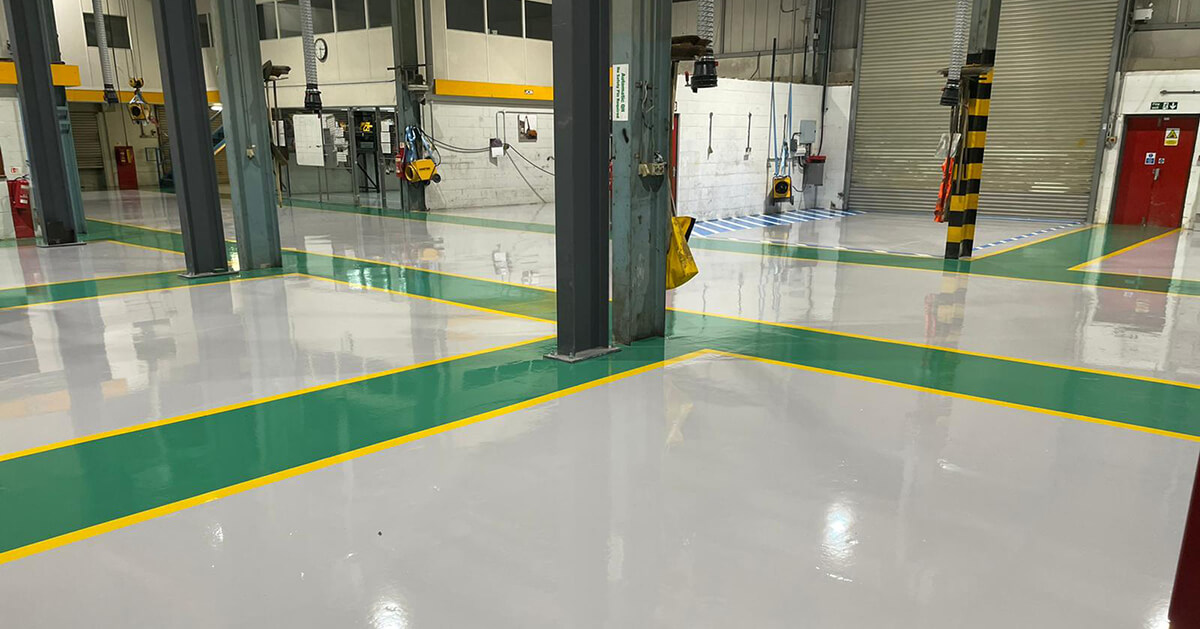
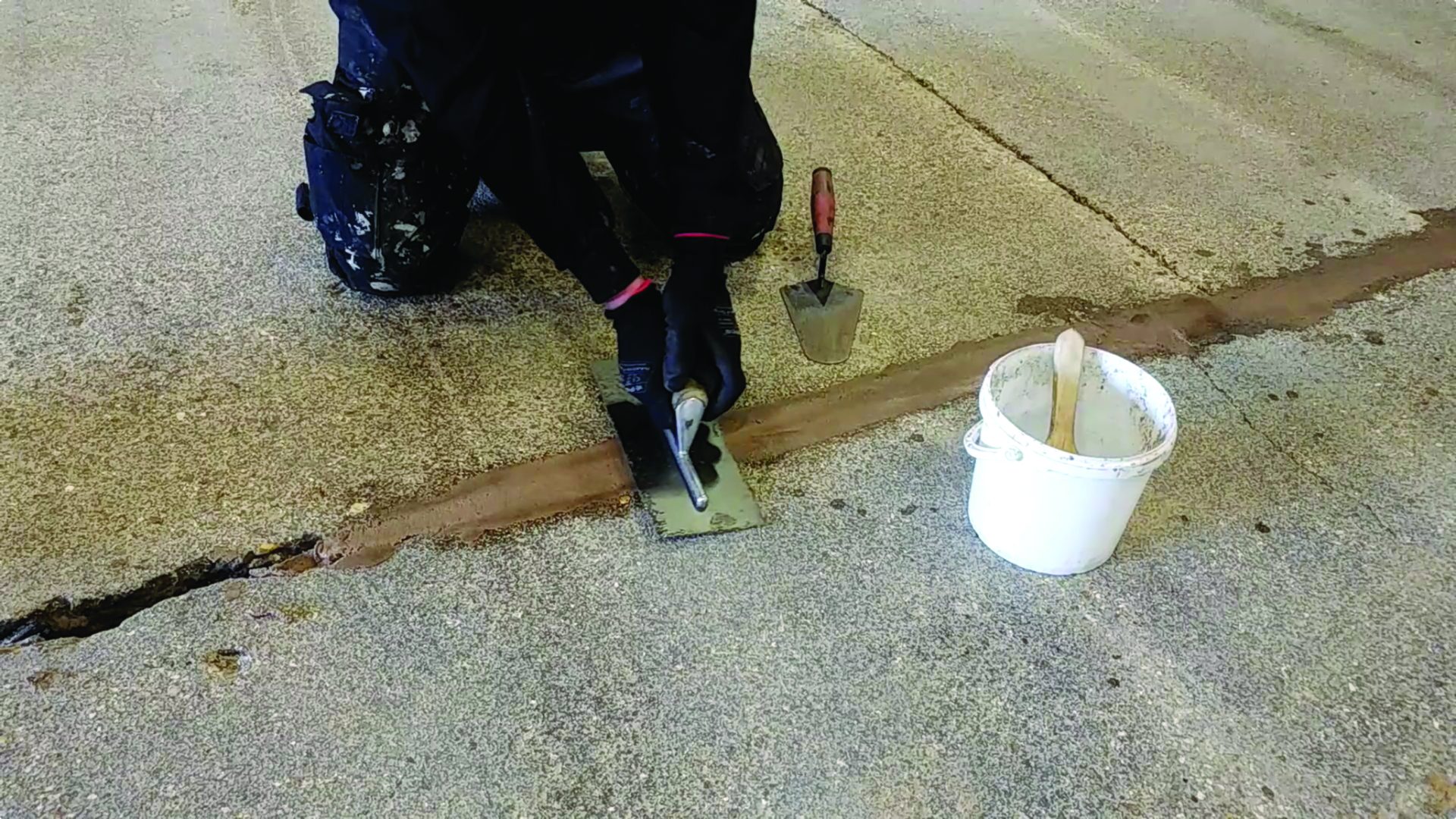
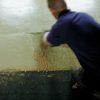
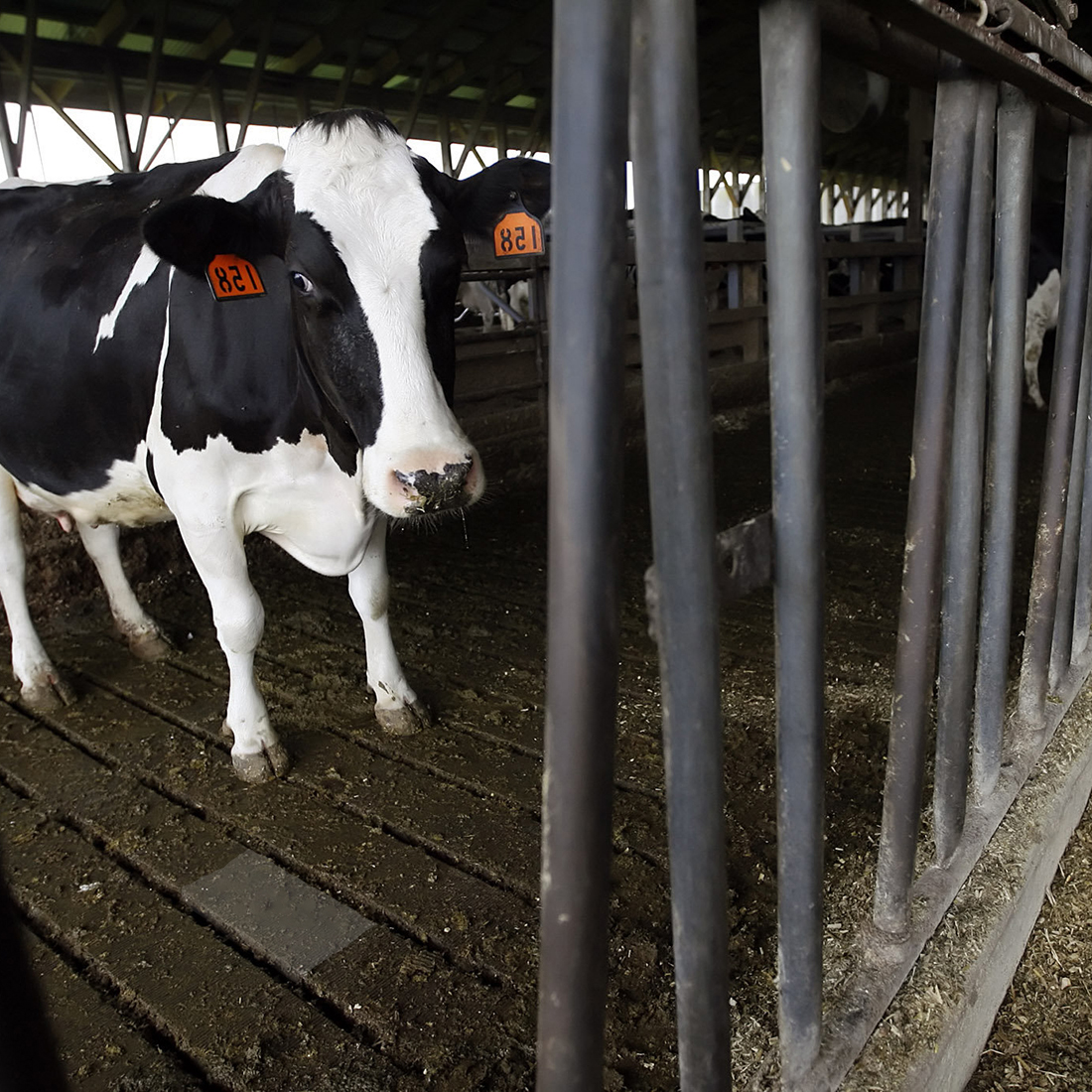


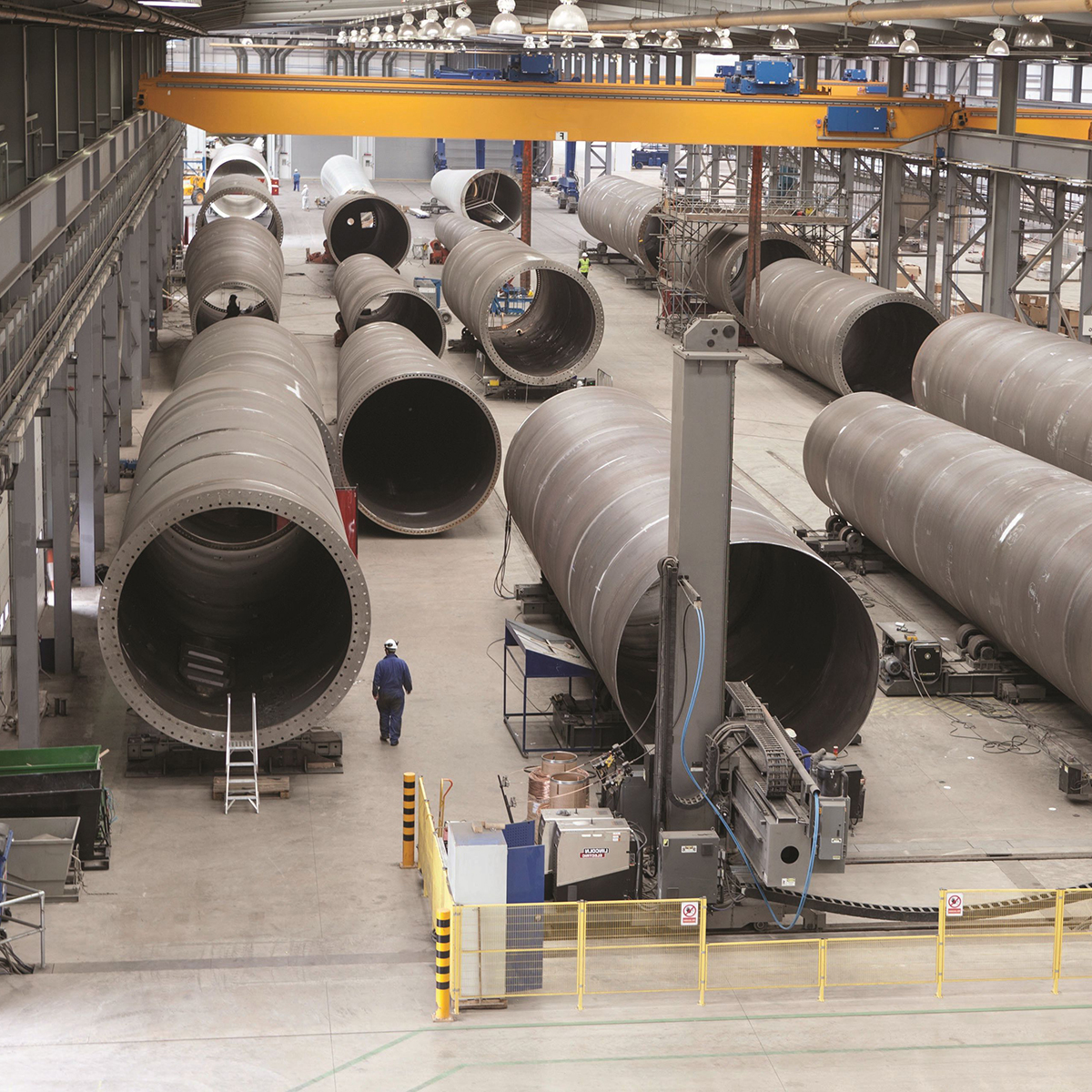
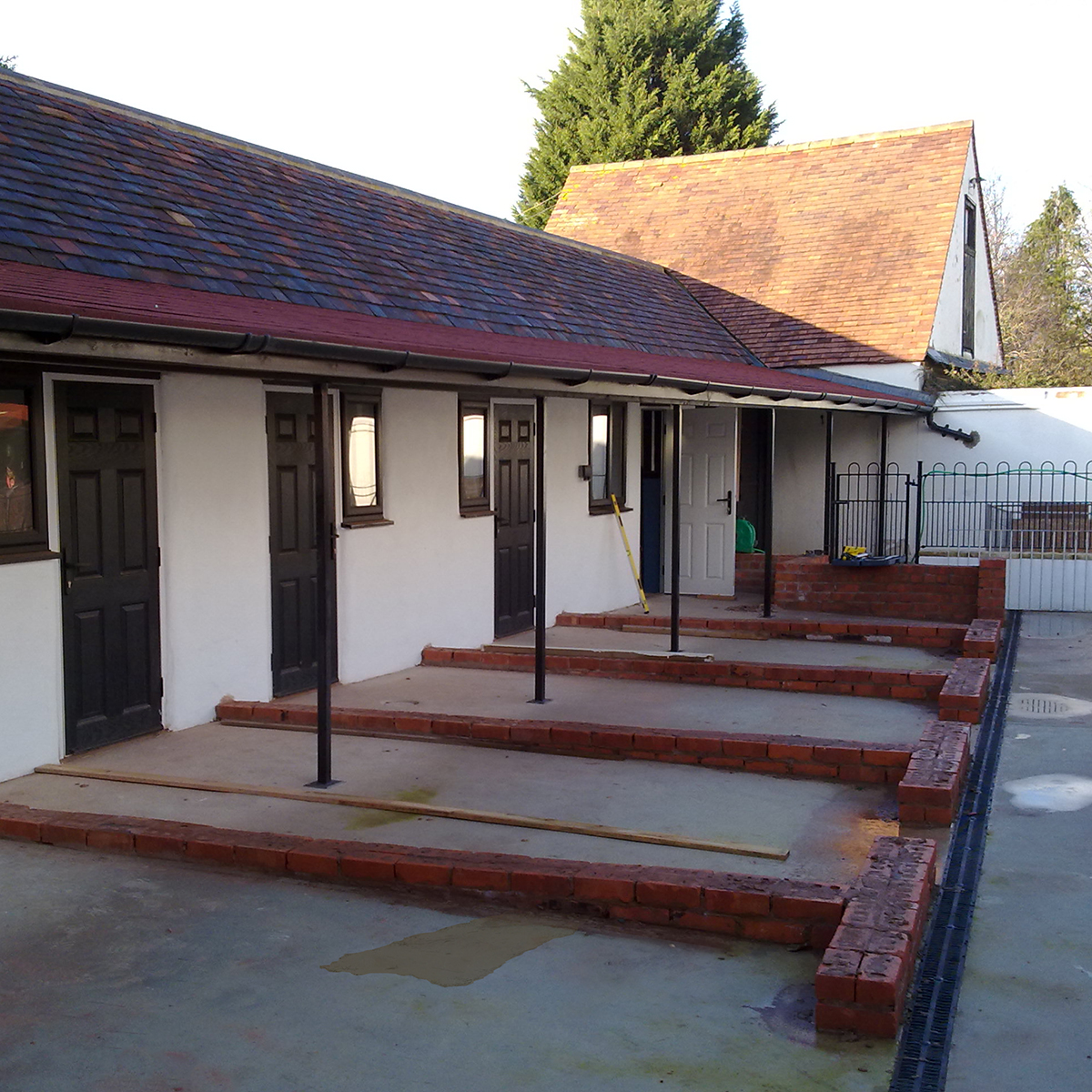
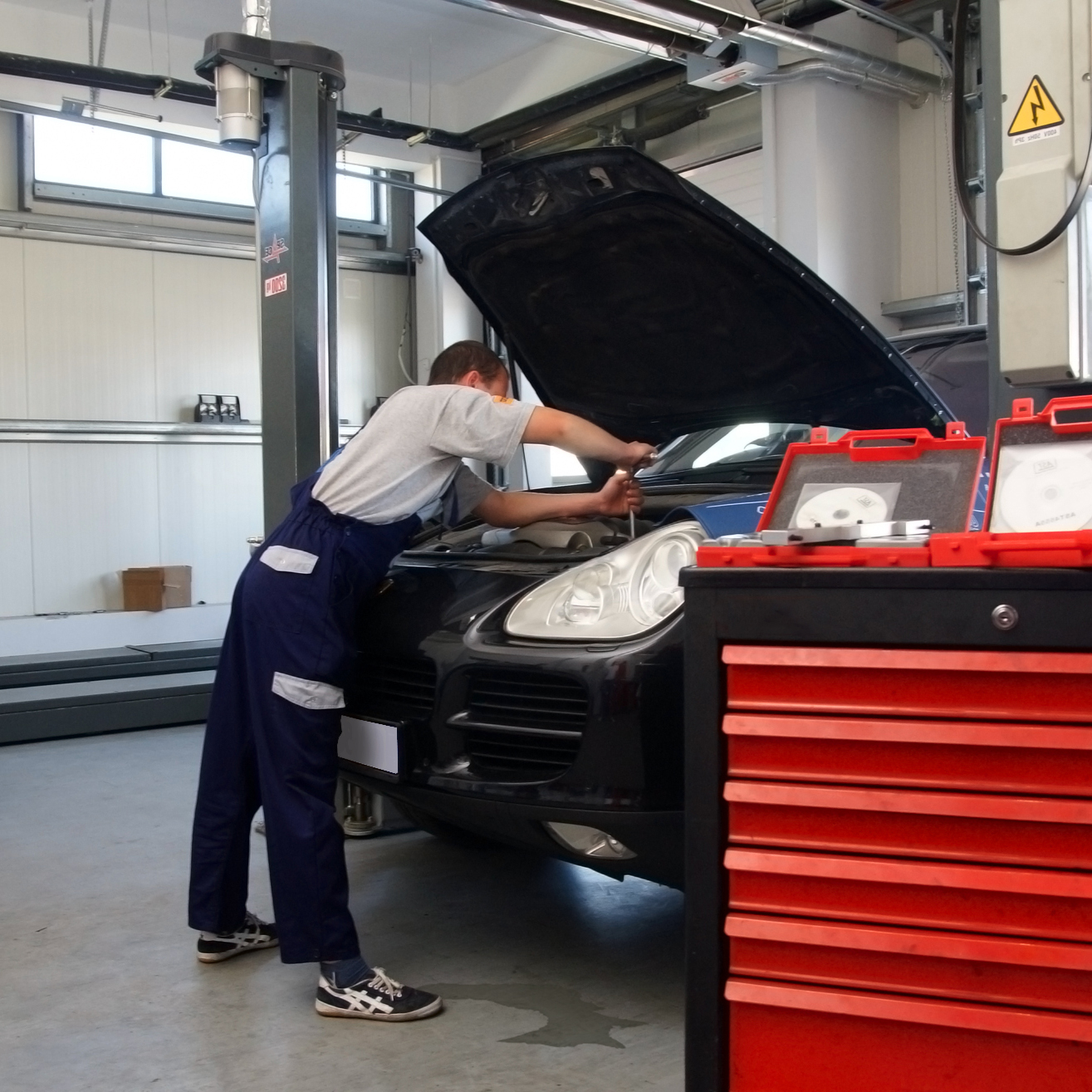
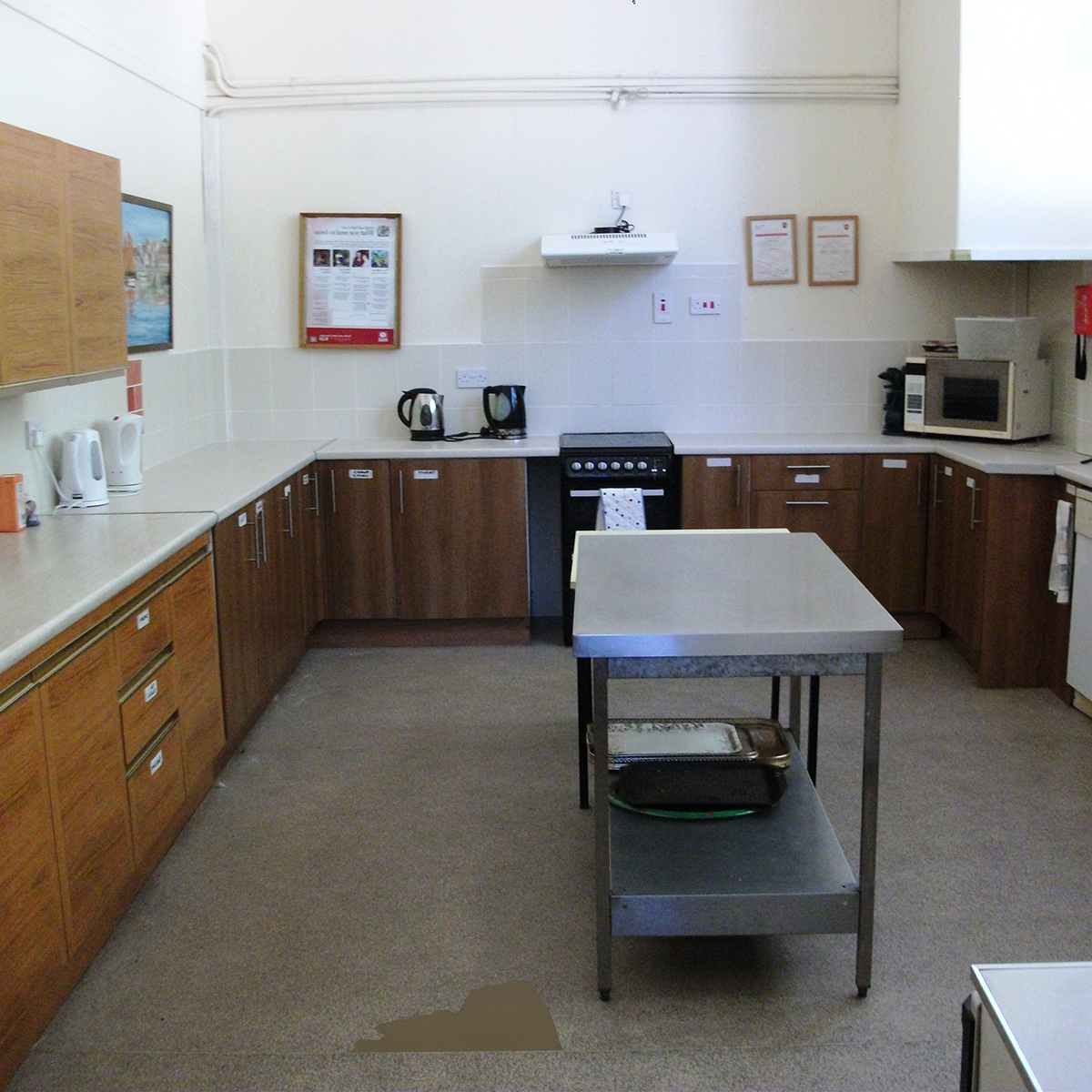
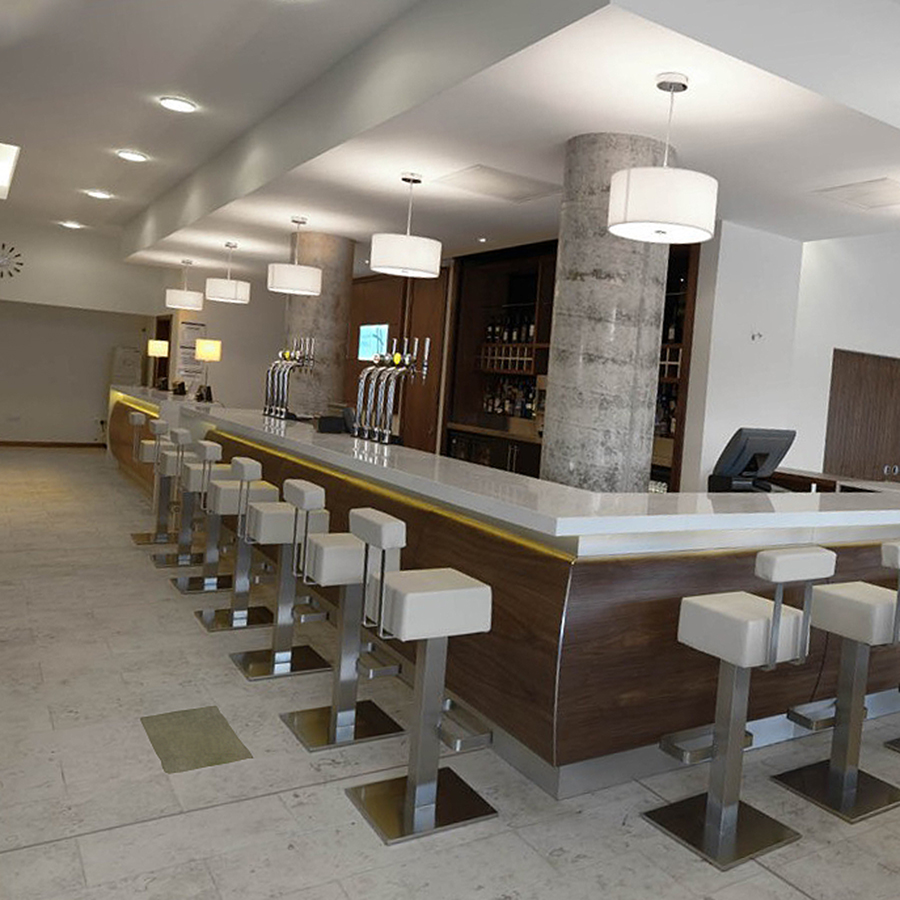

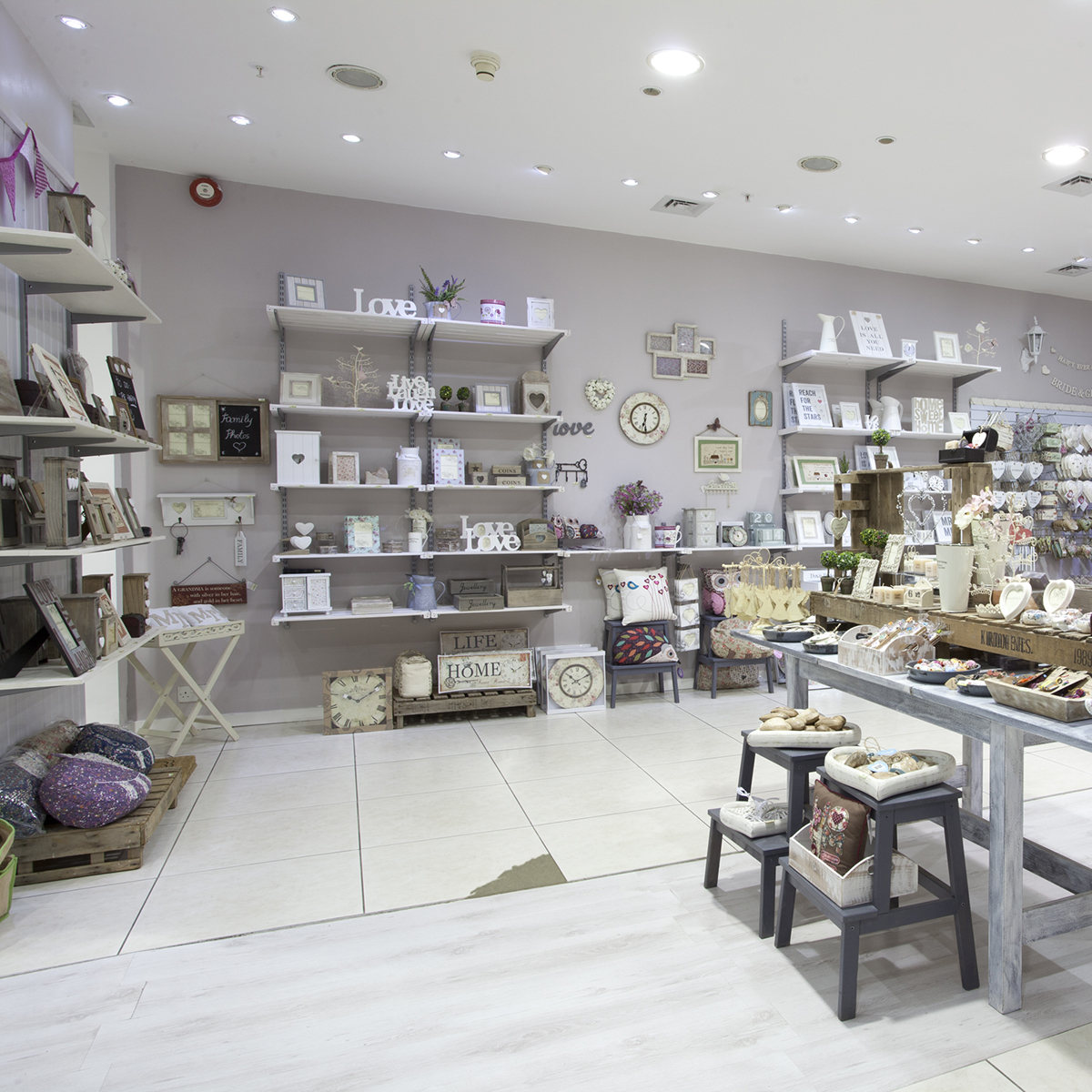
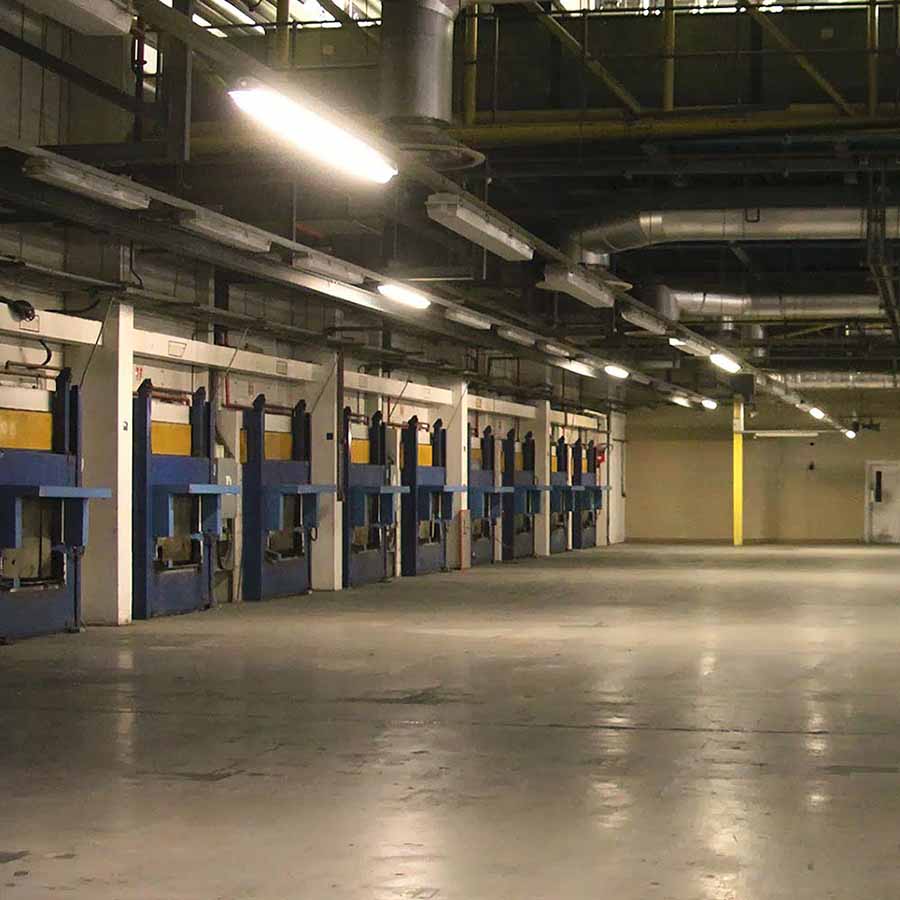
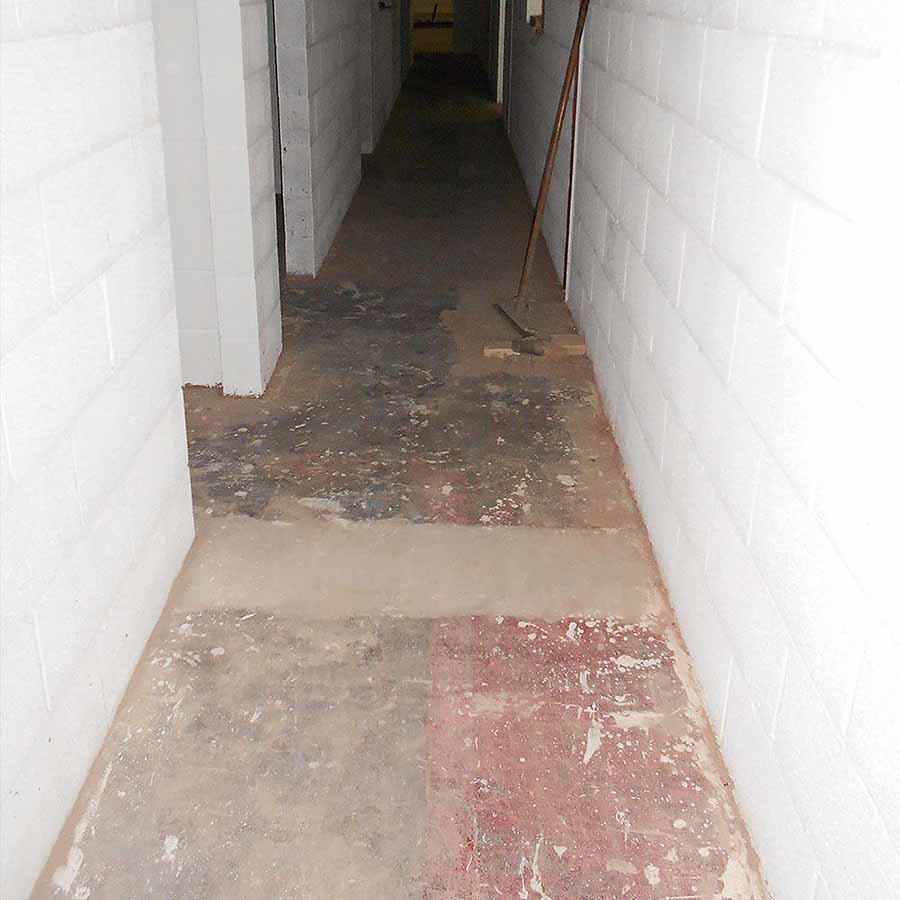
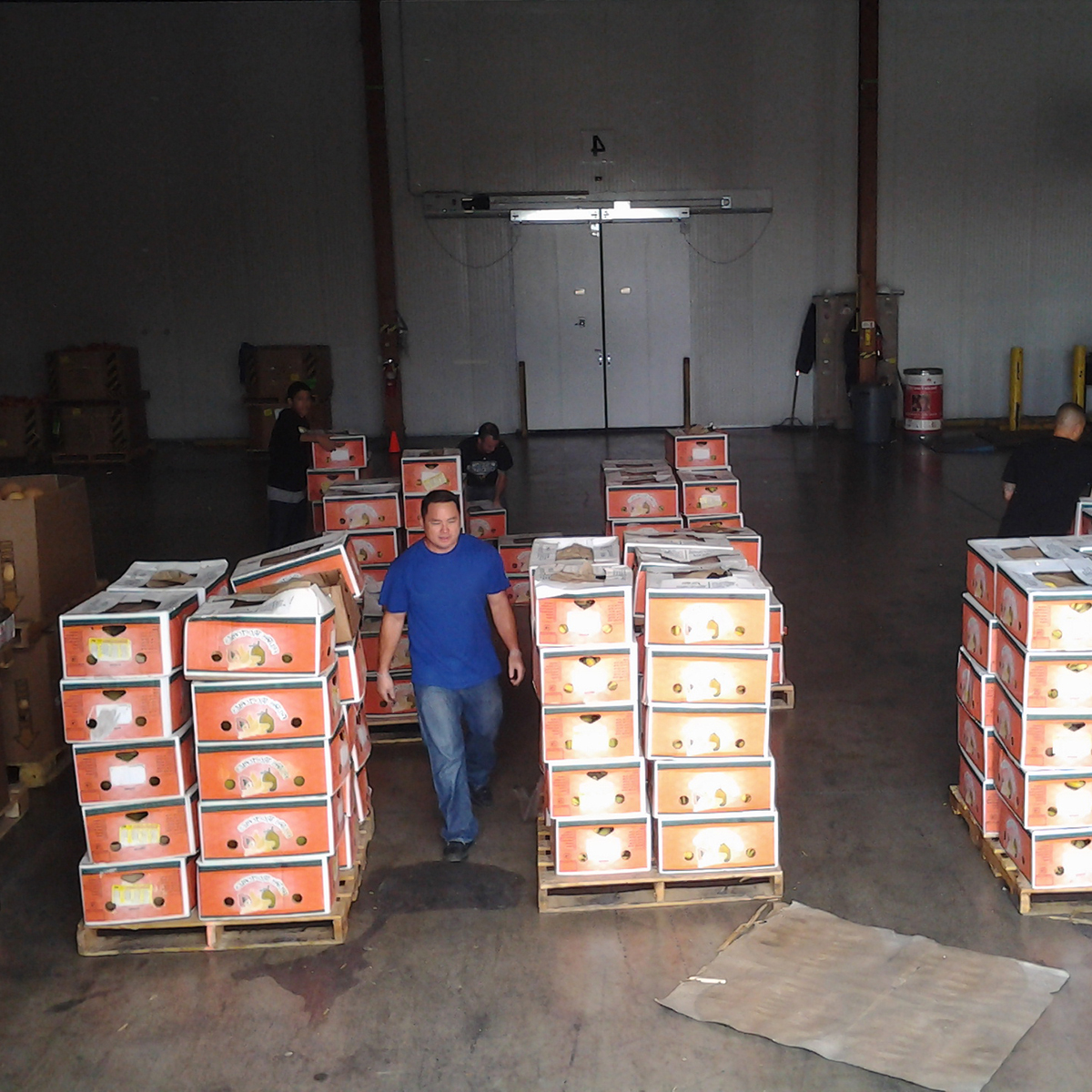

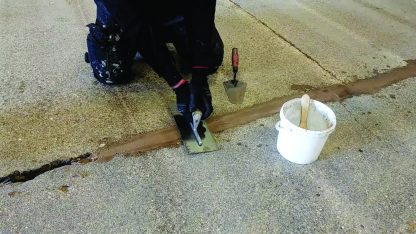
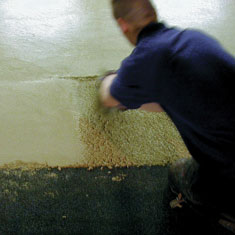
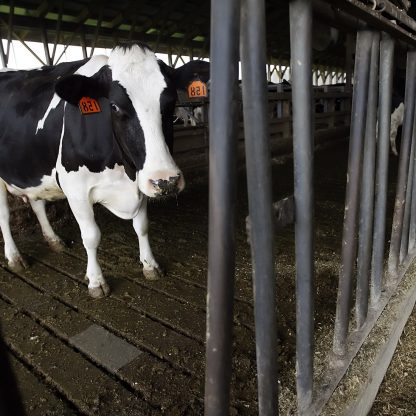

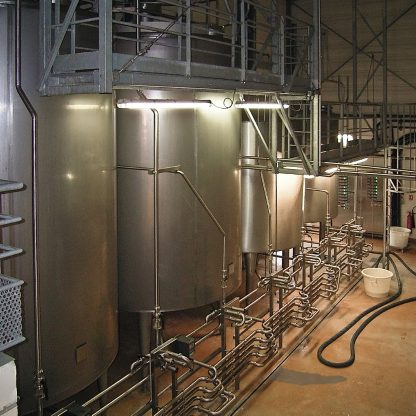
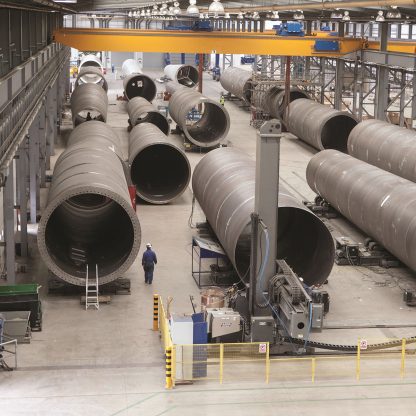
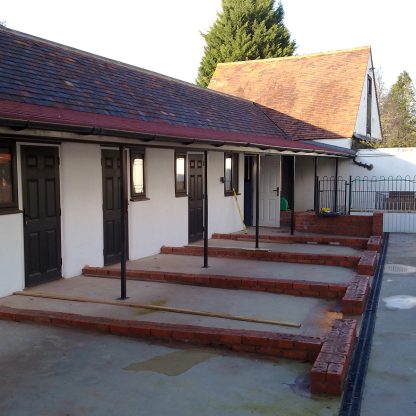

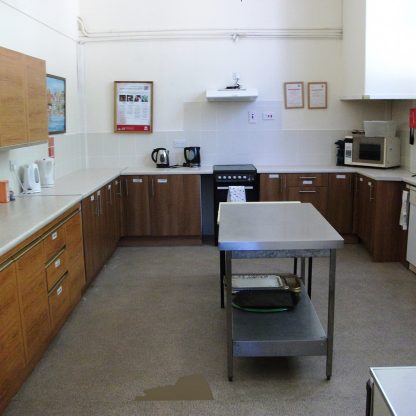

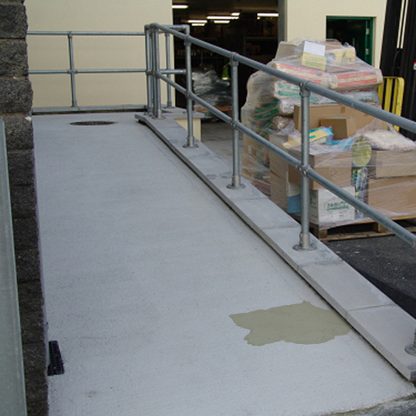
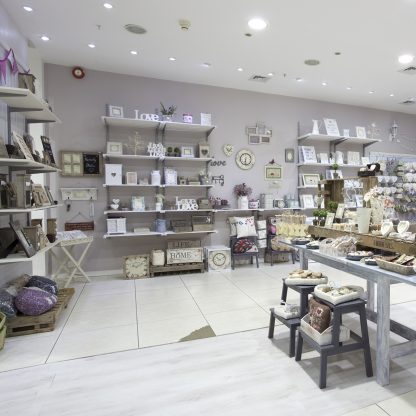
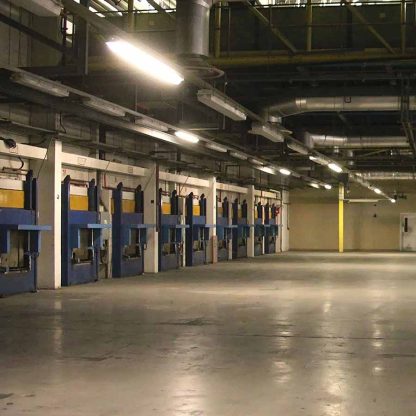
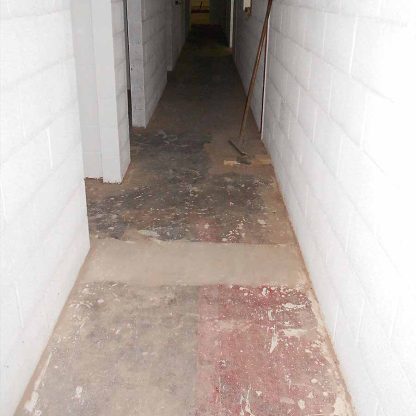
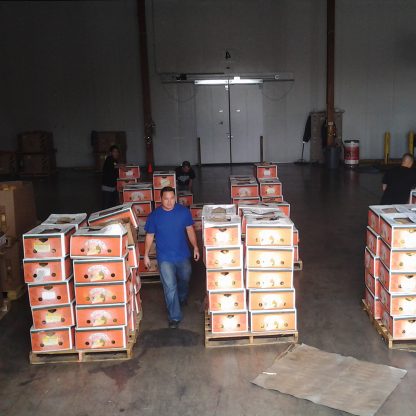
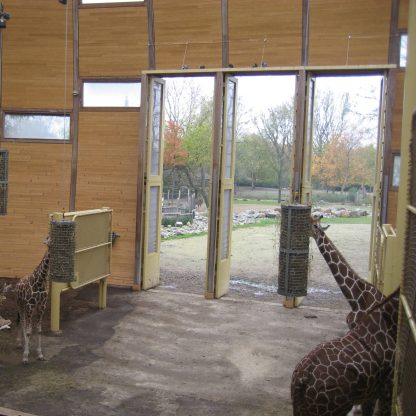
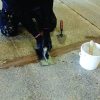




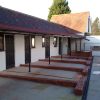








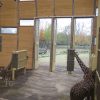
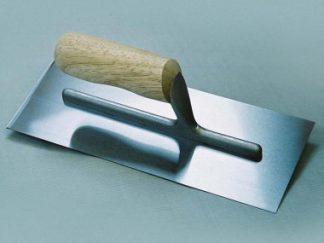
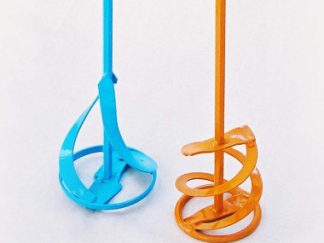
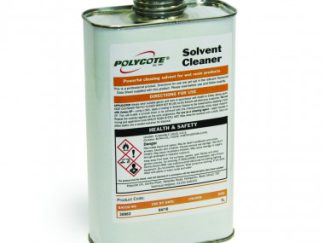
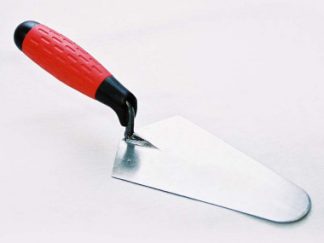
 Technical Data Sheet
Technical Data Sheet 